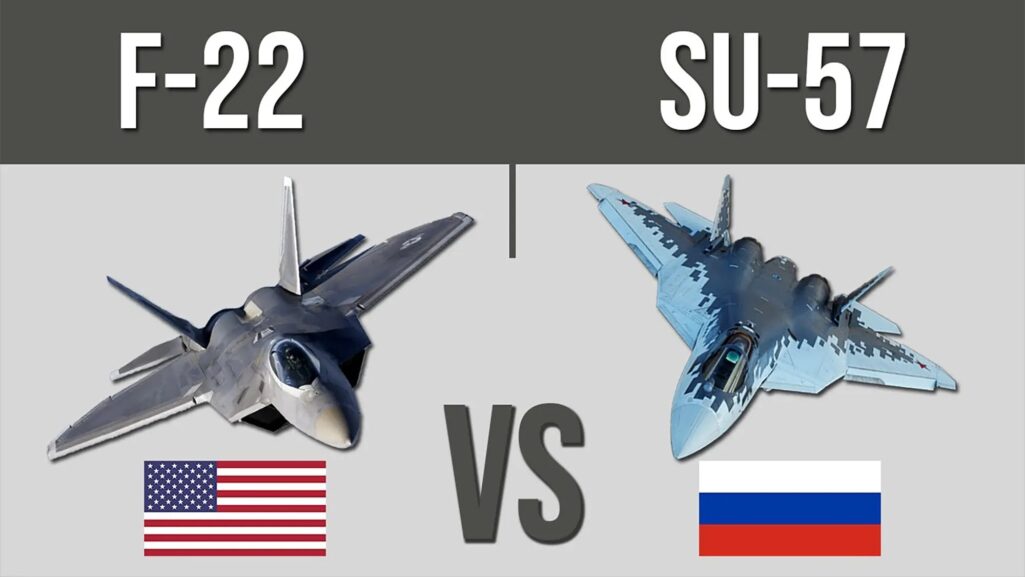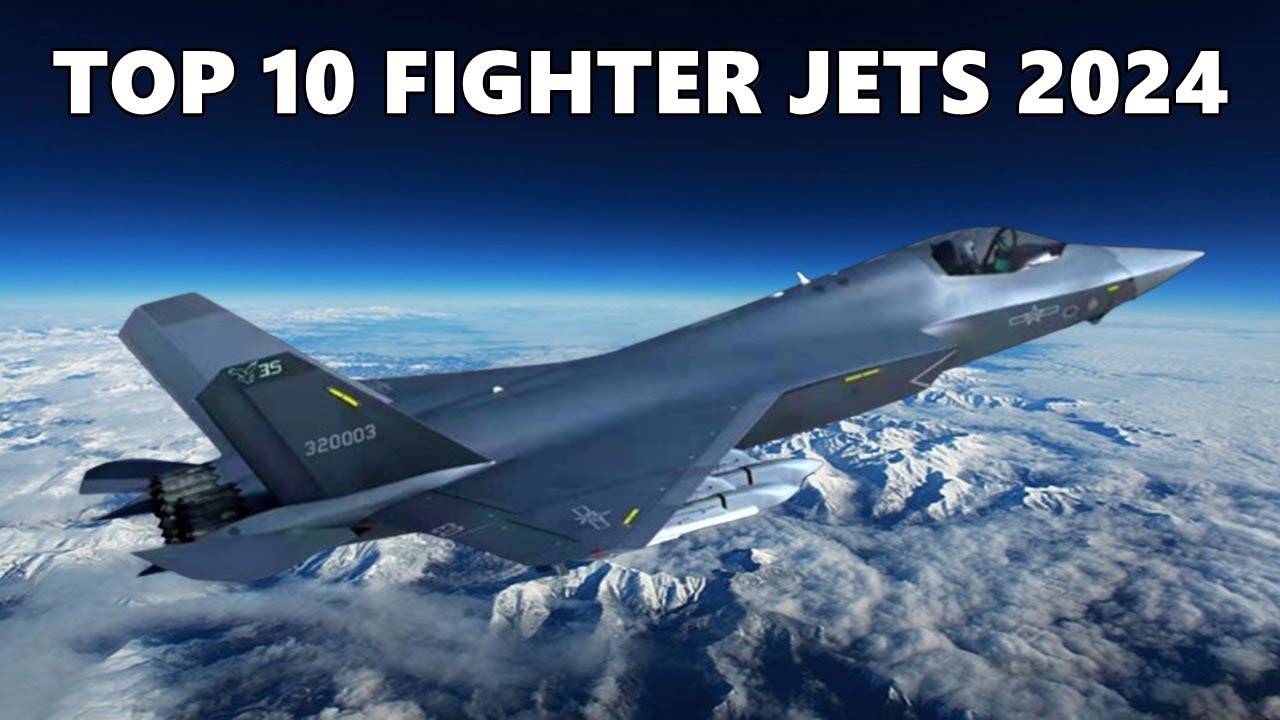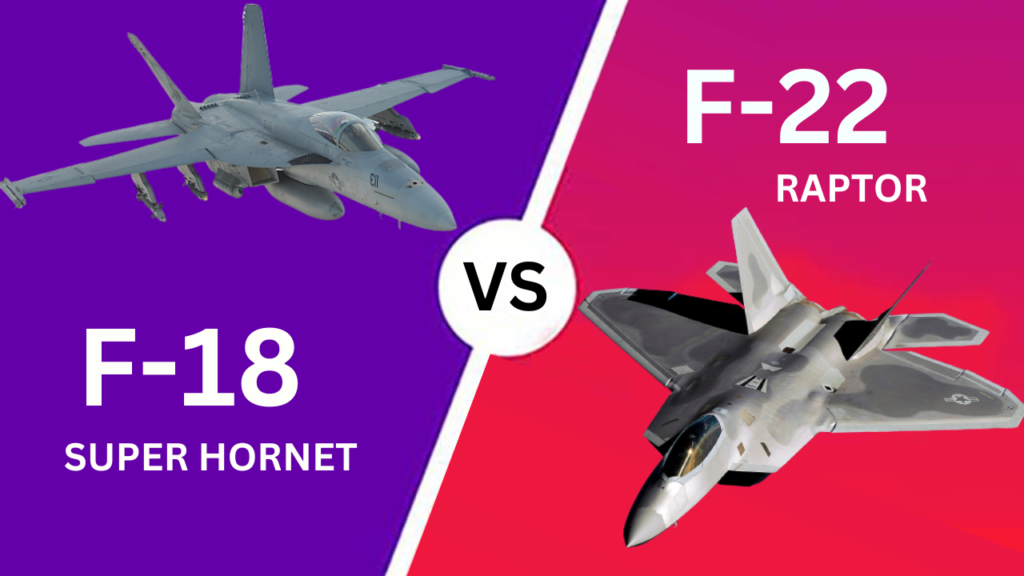
What could the repercussions be if an F-18 Super Hornet clashes with the F-22 Raptor?
Let us find out in this interesting article. Why a comparison?
- To know which aircraft is better than the other. Who has better specifications than the other?
- To know more about these aircraft, both of which are of the same origin.
Boeing F/A-18 Super Hornet
As a fighter and attack aircraft, the F/A-18 Super Hornet is an all-weather, twin-engine, supersonic, carrier-capable, multi-role combat aircraft. The F/A-18 was developed by Northrop and McDonnell Douglas (now a part of Boeing) in the 1970s for the US Navy and Marine Corps. It was based on Northrop’s YF-17.
The Hornet is also utilized by the air forces of a number of other countries, as well as the former Blue Angels Flight Demonstration Squadron of the United States Navy.
Due to its strong aerodynamic qualities, avionics, cockpit displays, and capacity to carry a range of armaments, the F-18 was created to be a very flexible aircraft. Air interdiction, fighter escort, fleet air defense, suppression of enemy air defenses, close air support, and aerial reconnaissance are among the tasks the aircraft is capable of doing.
Although it has received criticism for lacking the range and payload of earlier competitors like the Grumman F-14 Tomcat in the fighter and strike fighter role and the Grumman A-6 Intruder and LTV A-7 Corsair II in the attack role, its versatility and dependability have shown it to be a valuable carrier asset.
The Hornet initially took part in combat during the 1986 American bombing of Libya, and it later took part in the 1991 Gulf War and 2003 Iraq War. The Boeing F/A-18E/F Super Hornet, a larger, evolutionary version of the F/A-18 Hornet, supplanted both the earlier Hornet and the F-14 Tomcat in the US Navy.
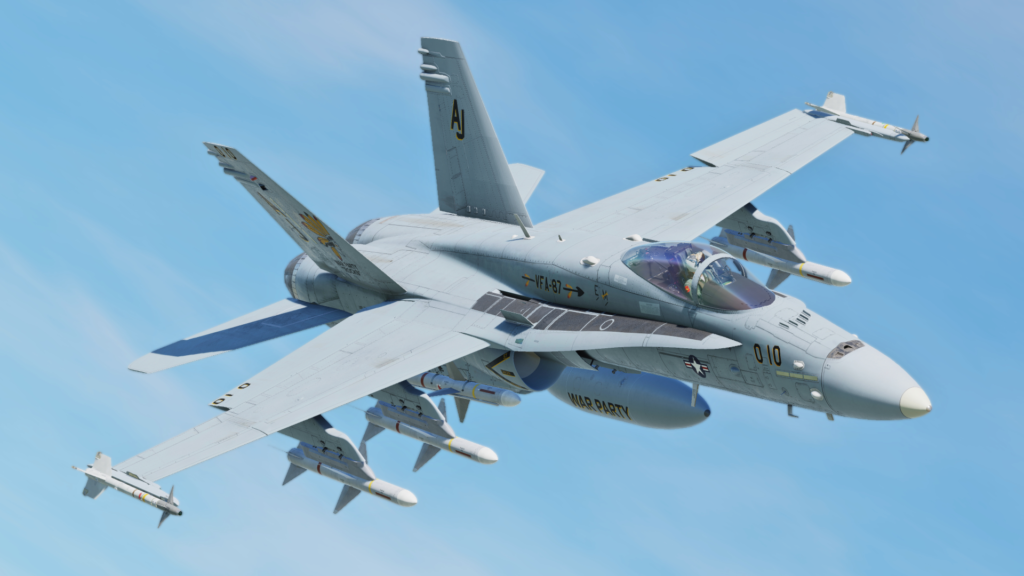
F/A-18 Cockpit
The F/A-18E/F cockpit features a larger multi-purpose liquid crystal color display, two monochrome screens, and a new engine fuel display; all of these displays may be controlled by touch.
Much of the avionics and mission software from the C/D variants are still present in this plane. Along with night-vision goggles and a digital color map, the pilot’s control panel is fully loaded with cutting-edge technology.
The SJU-5/6 ejection seat made by the British company Martin Baker Aircraft is used in a zero-gravity environment.
Super Hornet Weapons
To accommodate a full spectrum of armaments like AIM-9 Sidewinder, AIM-7 Sparrow, and AIM-120 AMRAAM air-to-air missiles, the Super Hornet has 11 weapon stations, plus two extra wing store stations.
Additionally, it is equipped with guided air-to-ground missiles, including the Maverick, Mk-76, BDU-48, SLAM/SLAM-ER, GBU-10, GBU-51, HARM, and Harpoon, as well as free-falling air-to-ground bombs like the Mk-82LD, Mk-82HD, and Mk-84.
The JDAM Joint Direct Attack Munition (JDAM), the joint stand-off weapon (JSOW), and the joint air-to-surface stand-off missile can all be carried by aircraft (JASSM).
The Joint Helmet-Mounted Cueing System (JHMCS), which will be installed on Block 2 and retrofitted on Block 1 aircraft, is being built by Boeing as the primary contractor. The principal subcontractor is Vision Systems International, which Kaiser and Elbit jointly own.
Full-rate production systems started being delivered in 2005, despite the fact that they had already been operationally deployed during Operation Iraqi Freedom.
Also, the General Dynamics M61A2 20mm Gatling gun, which has a switchable fire rate of 4,000 or 6,000 rounds per minute and a fully integrated link-less ammunition feed system, is the new light gun system for the F/A-18E/F.
Variants of F-18
There are many variants of F-18; for example –
F/A-18A, F/A-18B, F/A-18C, F/A-18D, F-18(R), RF-18D and many more. It also has different variants for export purposes.
Lockheed Martin F-22 Raptor
Developed for the American Air Force, the Lockheed Martin F-22 Raptor is a single-seat, twin-engine, all-weather stealth tactical fighter aircraft (USAF). The aircraft was developed as an air superiority fighter but also includes ground assault, electronic warfare, and signals intelligence capabilities as a result of the USAF’s Advanced Tactical Fighter (ATF) program.
Boeing supplied the F-22’s wings, aft fuselage, avionics integration, and training systems, while Lockheed Martin, the prime contractor, constructed the majority of the aircraft’s airframe and weapon systems and oversaw final assembly.
Before officially entering service as the F-22A in December 2005, the aircraft had its first flight in 1997 and had previously gone by the designations F-22 and F/A-22. The USAF views the F-22 as an essential part of its tactical airpower despite its lengthy development and operating challenges. Unprecedented air warfare capabilities are made possible by the fighter’s combination of stealth, aerodynamic performance, and mission systems.
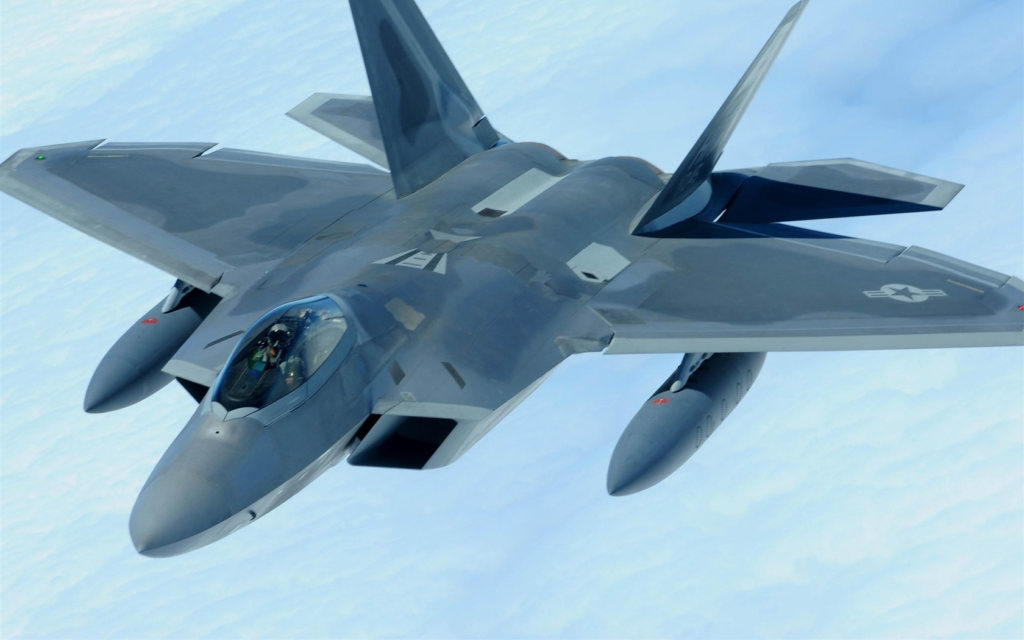
F-22 Cockpit
The cockpit features conventional throttle and sticks controls (HOTAS). There are six full-color LCD screens in the cockpit. Kaiser Electronics‘ primary projection multifunction display shows the tactical situation from the air and the ground, including details about the threats, their relative importance, and where they may be tracked.
Multiple channels of communication, as well as navigation, identification, and flight displays, are all available on two screens. There are three tertiary monitors showing data on air and ground threats, inventory management, and security alerts.
The HUD from BAE Systems displays information about the target, the weapon, the weapon’s envelope, and when to fire. Data shown on the HUD is recorded by a camera for later review.
F-22 Weapons
A variant of the M61A2 Vulcan cannon is mounted internally above the right air intake. To feed the gun at a rate of 100 rounds per second, the General Dynamics linkless ammunition handling system can store 480 rounds of 20mm ammunition.
The AIM-120A AMRAAM and external fuel tanks can be mounted to the F-22 Raptor’s four hard points on the wings. There are three hidden weapon bays inside the Raptor. Six AMRAAM AIM-120C missiles, or four AMRAAM and four 453kg (1,000 lb) GBU-32 joint direct attack munition, can be stored in the primary weapons bay.
The pneumatic-ejection system controlled by the store’s management system is the EDO Corp. LAU-142/A AVEL AMRAAM installed in the bay’s launcher. The Raytheon AMRAAM air-to-air missile is a fire-and-forget radar-guided missile with a range of 92.6 km (57 mi) that may be used in all weather. The side bays may hold one Lockheed Martin/Raytheon AIM-9M or AIM-9X Sidewinder all-aspect short-range air-to-air missile each.
In February of 2007, the F/A-22 was outfitted with Boeing’s small diameter bomb (SDB), which is guided by GPS. As many as eight SDBs can be transported on the back of two AMRAAMs.
Variants of F-22
- YF-22A – Two YF-22As were produced as a prototype for the Advanced Tactical Fighter (ATF) program’s demonstration and validation phase.
- F-22A – In the early 2000s, the F/A-22A designation was given to the F-22A single-seat production version.
- F-22B – As a cost-cutting measure, the F-22B two-seat variant was scrapped in 1996, and the corresponding test-flight aircraft orders were redirected to the F-22A.
To know more about Raptors compared with other aircraft, do check out our article- F-22 Raptor VS-Su-57 Felon.
F-18 Hornet VS F-22 Raptor
Specifications
Basics
| Data | F/A-18 SUPER HORNET | F-22 RAPTOR |
| Origin: | United States | United States |
| Year: | 1999 | 2005 |
| Crew: | 1 or 2 | 1 |
| Production: | 615 units | 195 units |
Dimensions and Size
| Dimensions | F/A-18 SUPER HORNET | F-22 RAPTOR |
| Length: | 18.4 m (60.1 ft) | 18.9 m (62.0 ft) |
| Wingspan: | 13.65 m (45 ft) | 13.6 m (44.5 ft) |
| Wing area: | 46.5 m² (500 sq ft) | 78.0 m² (840 sq ft) |
| Height: | 4.88 m (16.0 ft) | 5.08 m (16.8 ft) |
| Weight: | 14,500 kg (32,000 lb) | 19,700 kg (43,500 lb) |
| Power: | 2 x 97 kN (22k lbf) | 2 x 153 kN (35k lbf) |
Performance
| Specs | F/A-18 Super Hornet | F-22 Raptor |
| Max speed: | 1,911 kph (1,187 mph) | 2574 kph (1600 mph) |
| Range: | 1,095 km (680 mi) | 3218 km (2,000 mi) |
| Ceiling: | 15,000 m (49,213 ft) | 15,240 m ( 50,000 ft) |
| Rate of climb: | 228 m/s (44k ft/min) | 315 m/s (62k ft/min) |
| Fuel Capacity: | 4,930 kg (10,860 lb) | 8,200 kg (18,000 lb) |
| Wing loading: | 450 kg/m2 (93 lb/sq ft) | 377 kg/m2 (77.2 lb/sq ft) |
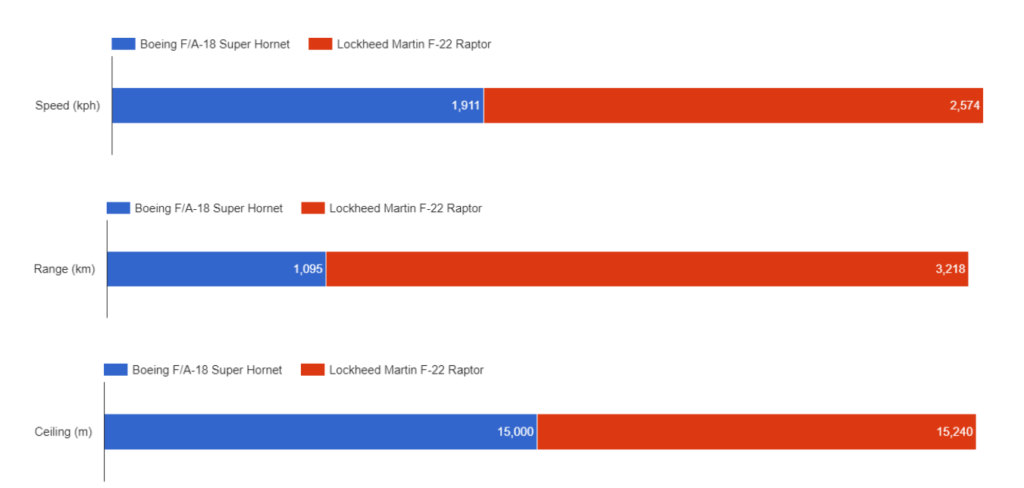
Dogfight Ratings
| Category | F/A-18 SUPER HORNET | F-22 RAPTOR |
| Cannon: | M61A1 Vulcan | GAU-22/A |
| Caliber (mm): | 20 mm | 20 mm |
| Rate of Fire (rpm): | 6000 rpm | 4200 rpm |
| Muzzle Velocity: | 1050 m/s | 1000 m/s |
| Maneuverability: | 7.8 | 9.4 |
| Thrust/Weight Ratio: | 1.03 | 1.26 |
| AAM (first): | AIM-7 Sparrow | AIM-9X |
| AAM (second): | AIM-9 Sidewinder | AIM-9X |
| Dogfight Rating: | 57% | 86% |
Engine
F-18
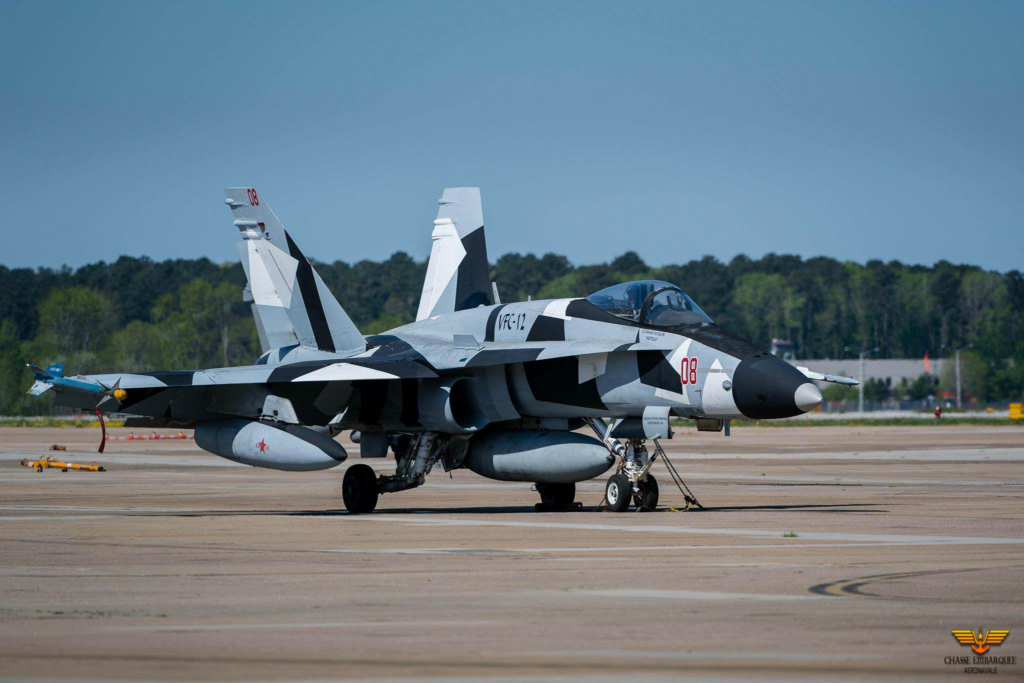
The aircraft is propelled by two General Electric F414-GE-400 turbofan engines. The engines are a cutting-edge variant of the GE F404s that power the Hornet.
To improve engine performance, the air inlets have been widened. Each motor generates a maximum thrust of 9,980kg (22,000 lb), and afterburn boosts it to a speed of more than 2222.64 kph (1380 mph).
Fuel capacity in the F/E variant is 1,632kg (3,600 lb), larger than in the F-18C/D variant as a result of structural upgrades to the airframe. Because of this, we can cover more ground for our missions.
F-22
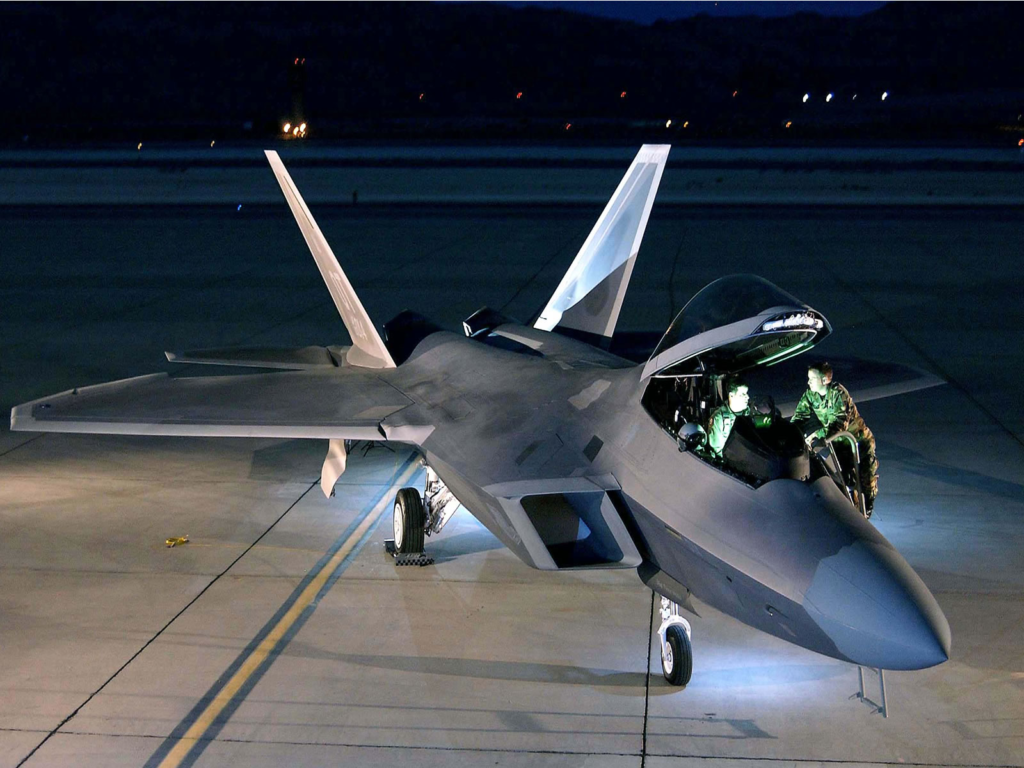
To propel the F-22, two Pratt & Whitney F119-100 engines have been installed. To put it simply, the F119-100 is a 156kN low bypass after burning the turbofan engine. For the first time, the F119’s first fan stage features hollow broad chord fan blades, making it the first fighter aircraft engine of its kind.
A Hamilton Standard twin redundant full authority digital engine control manages the thrust vectoring (FADEC). The BAE Systems flight controls VMS includes the FADEC as part of the flight control computer system.
FAQ
Is the F-18 Super Hornet still in service?
The F/A-18 will be used by the United States Marine Corps (USMC) until at least the 2030s. In US Navy service, the F/A-18C Hornet’s final operational deployment ended on March 12, 2018, onboard the USS Carl Vinson.
What countries fly the F-18 Super Hornet?
Aircraft like this will continue to be crucial to US naval aviation strike combat long into the 21st century. Australia, Canada, Finland, Kuwait, Malaysia, Spain, and Switzerland all have air forces that use F/A-18s.
What is the F-18 being replaced by?
Similar to how the F-35C would replace older F/A-18 Hornets and supplement the Super Hornet fleet, the F/A-XX will do the same for the Super Hornet fleet in the 2030s.
Why does the US not sell F-22?
US federal law prohibits the export of the F-22 to safeguard its stealth technology and secret components.
Why is the F-22 being retired?
When it comes to the F-22 Raptor, the United States Air Force and its funding agency are at odds. The Air Force would like to get rid of the planes to make room in the budget for the Next Generation Air Dominance (NGAD) fighter.
Is the F-22 a 5th generation Raptor?
On September 7, 1997, the F-22 Raptor took to the skies for the first time, marking the debut of the world’s first fighter jet from the fifth generation.
Why is the F-22 so good?
The fighter’s state-of-the-art sensors allow it to spot enemies from afar, while the craft’s stealthy design and materials allow it to sneak up on them undetected, while its ability to supercruise allows it to approach them before they have time to react, and its thrust vectoring allows it to out-dance any opponent within visual range.



